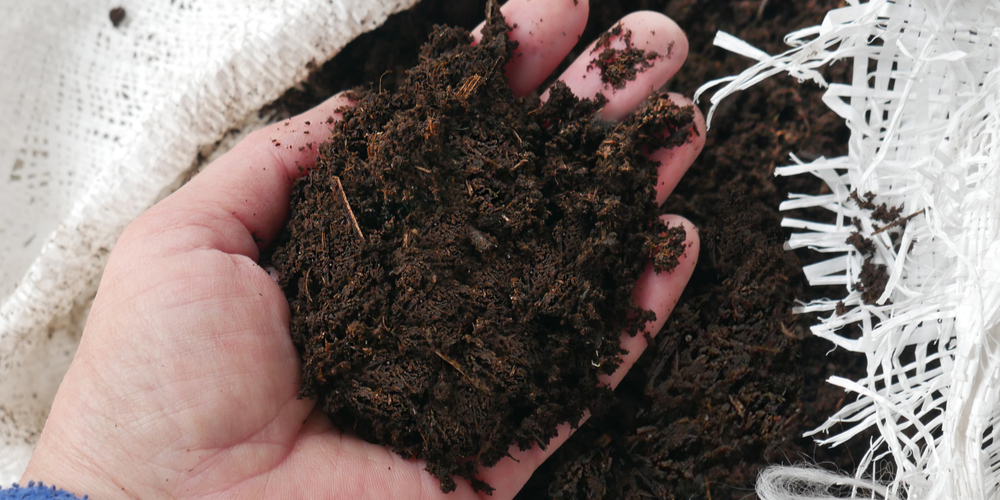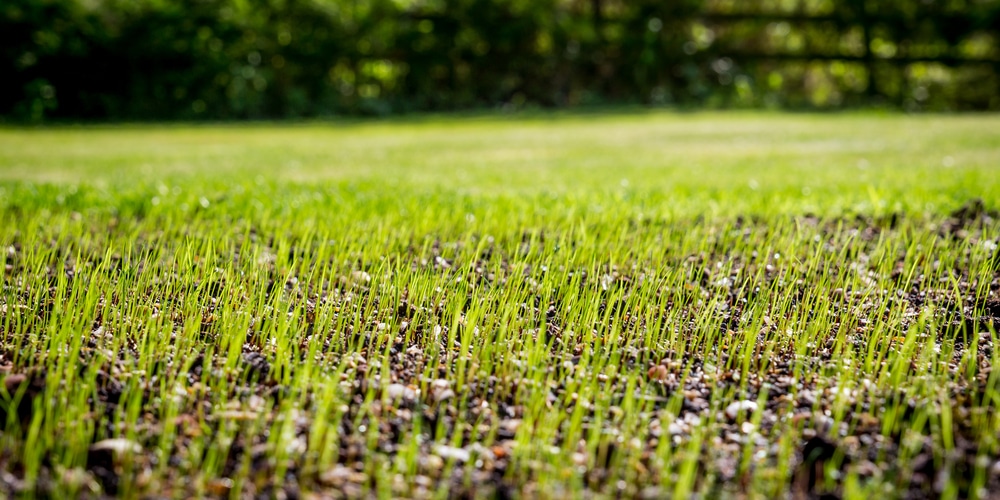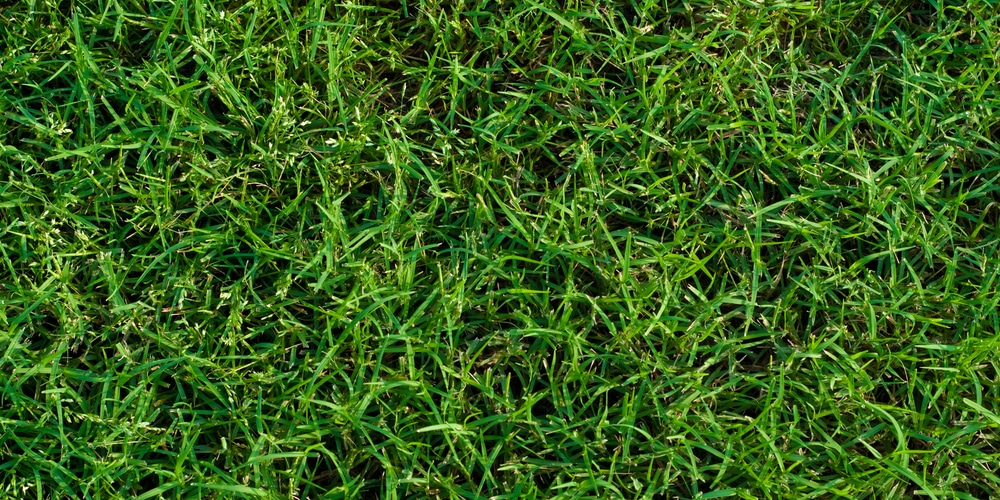Sometimes you might be tempted to apply topsoil on an uneven lawn, and wonder, ‘will grass die if covered with dirt?’
The answer is yes, placing soil on top of plants is not good for them, and they will slowly die from the process. The same goes for grass, but there’s a way on how you can do so without killing your grass completely.
Will Grass Die If Covered With Dirt?

The general rule is that grass will not thrive if it’s covered with dirt or soil.
The reason why you might be thinking of putting soil on it is to level out your garden or ground. Understandably, there are areas that may be affected by settling, draining and other natural phenomena. These areas will appear to be lower than the others and as depressions that aren’t nice to look at. Naturally, the best way to make it even is to put more soil on it, but what about the grass underneath?
Unfortunately, leveling a lawn isn’t that easy. Piling soil atop your lawn to eliminate shallow holes and bumps will almost certainly lead to your grass dying, albeit slowly. Aside from poor drainage and root suffocation, the grass won’t get much-needed sunlight on its leaves and will wither away if left this way.
Thick topsoil application can kill grass even if the species is perennial or spreads underground. The plant will be weakened by lack of essential sunlight, and it will be more susceptible to disease. However, the existing stems and roots may continue growing up through the soil layer and start sprouting leaves.
Can I Put Topsoil Over Existing Grass?
The trick to evening out a lawn or yard is to apply just enough topsoil to solve the problem, but not too much that it will kill your grass.
The best time to level lawns is during springtime when frost has passed and conditions are fairly mild. Topdressing with a thin layer of leveling material, such as sand, compost and soil can even out the ground, but you might need to take a different approach for deep depressions and severe cases.
You can use topsoil, fine sand and compost for minor leveling purposes. Plant debris and mulch is not recommended as it can quickly smother grass. If you really want to put soil on top then you should use play sand, which can be bought at any garden or home center.
To put topsoil over grass, you can start by mixing compost and sand in a tub or wheelbarrow until they’re uniform, then apply a half-inch of the material on low areas. Be mindful not to exceed the half-inch limit or your grass’ health will be compromised.
For a more even application it’s recommended that you use a rake, then a push broom to work the soil down to grass level. This way, the blades can still get the nutrients and sunlight they need to get over the soil.
Water lightly as needed so the soil can settle down. Do not overwater or else the leveling mix can wash out your yard.
Deeper indentions may require you to start over. You can either patch out a particular piece of turf by removing the grass patch first, then adding topsoil until it’s level and putting the grass patch back in. For holes and troughs that are deeper than two inches, it’s recommended that you put soil on top and new grass seeds. The reason for this is twofold- you’ll be spending more time with soil application and trying to regrow existing grass compared to just starting over.
How Long Does Grass Grow Through Topsoil?
After topdressing about half an inch on your existing grass or lawn, you should monitor it closely to see if it thrives.
It shouldn’t take more than a week or so to see the results of the topsoil application. Your lawn should appear level, and the grass should start growing around the new layer of soil. As long as you follow the half-inch rule then there shouldn’t be any problem with the grass surviving and growing naturally.
Will Grass Die If Covered With Dirt?: Conclusion
Grass seeds usually take around three weeks or so to grow through the topsoil. Make sure your grass gets the water it needs, especially during warmer months and seasons.
Related Article: Will Grass Grow on Top of Soil?

